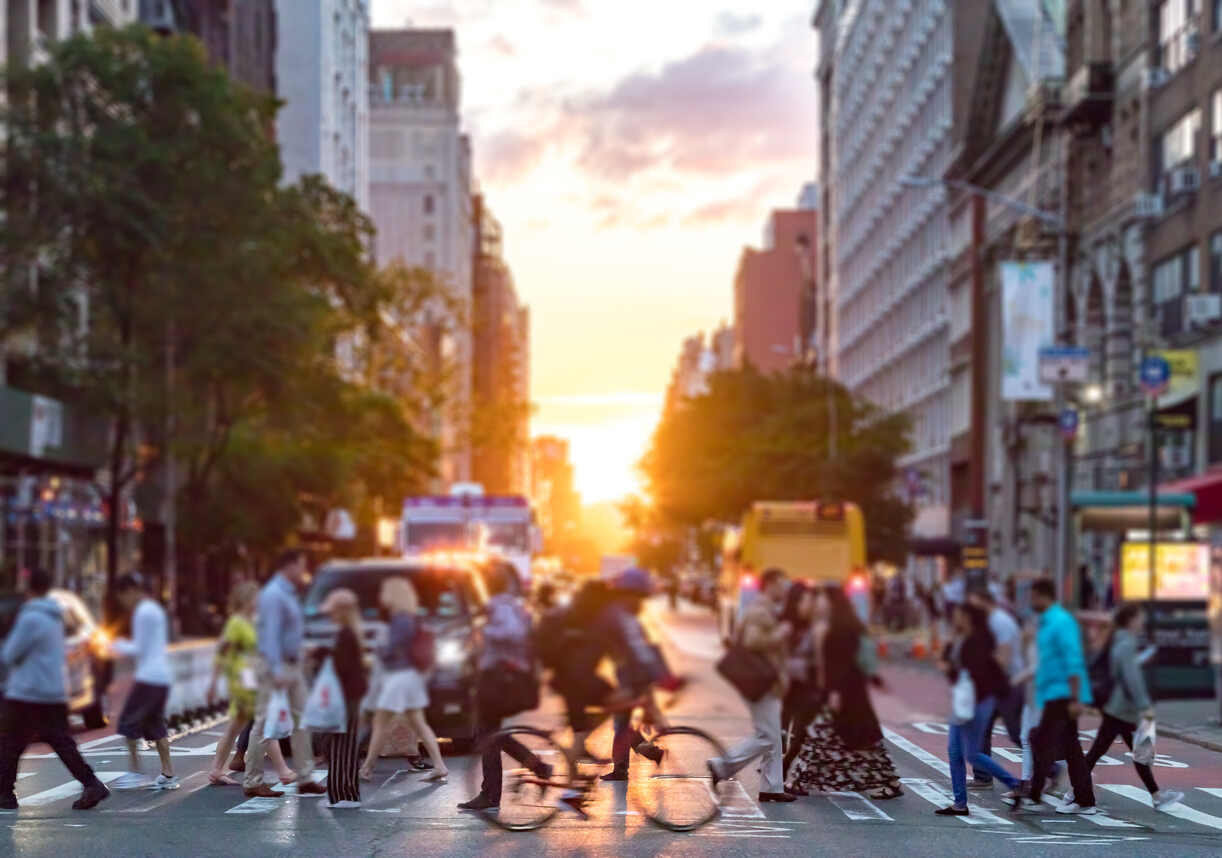Posted on Saturday, October 18th, 2025 at 8:32 am
Cycling has become an increasingly popular mode of transportation in Chicago. It offers numerous health benefits and serves as an eco-friendly alternative to driving. However, for many riders, sharing the road with cars, buses, and trucks can be dangerous, especially at certain intersections known for frequent collisions.
These high-risk areas pose significant threats to cyclists, often due to poor visibility, heavy traffic, or careless driving behavior. Understanding what makes these intersections so hazardous can help riders stay safe and guide injured cyclists in pursuing accountability when drivers fail to follow the law.
Why Chicago is a challenging city for cyclists
Chicago’s mix of dense traffic, aging infrastructure, and inconsistent bike lane design makes it difficult for cyclists to navigate safely. Even with efforts to expand protected bike lanes, many intersections remain poorly marked or confusing for both drivers and riders.

At busy crossings, drivers may underestimate a cyclist’s speed, fail to yield when turning, or open car doors without checking for approaching bikes. Buses and delivery trucks often block bike lanes, forcing cyclists to merge into the flow of vehicle traffic. These challenges create daily risks that can lead to severe or even fatal accidents.
The most dangerous intersections for cyclists in Chicago
Certain intersections consistently rank among the city’s most hazardous for bike riders. While crash data fluctuates from year to year, several areas consistently appear in traffic safety reports and local studies
Some of the intersections most frequently cited as high-risk include:
- Milwaukee Avenue and North Avenue in Wicker Park.
- Damen Avenue and Fullerton Avenue near Logan Square.
- Clark Street and Belmont Avenue in Lakeview.
- Halsted Street and Roosevelt Road in the South Loop.
- Michigan Avenue and Randolph Street downtown.
These locations combine heavy vehicle congestion with limited visibility, multiple turning lanes, and high volumes of cyclists. Even with designated bike lanes nearby, drivers often fail to respect cyclists’ right of way.
Common causes of intersection bicycle crashes
Intersection collisions are among the most hazardous types of bike accidents, as they often involve vehicles turning or running red lights. Understanding what typically leads to these incidents can help identify negligence and establish liability in the event of a crash.
Some of the leading causes include:
- Drivers failing to yield while turning left or right.
- Running red lights or stop signs.
- Distracted driving, such as texting or using navigation apps.
- Speeding through intersections or making unsafe lane changes.
- Doorings occur when a parked driver opens a car door into a cyclist’s path.
- Poorly maintained roads or missing bike lane markings.
Each of these factors can contribute to catastrophic injuries, particularly when vehicles strike unprotected cyclists at high speeds.
Common injuries in Chicago bicycle intersection crashes
Cyclists have little physical protection during a crash, which means even minor collisions can cause significant harm. Injuries often require long-term treatment and may affect a victim’s ability to work or enjoy everyday activities.
Some of the most common injuries include:
- Broken bones and fractures.
- Head trauma and concussions.
- Spinal cord injuries and paralysis.
- Internal bleeding and organ damage.
- Severe road rash or lacerations.
- Psychological trauma and anxiety.
Because these injuries can be life-altering, victims may pursue compensation through a personal injury claim. Damages, a legal term for financial compensation, can encompass both tangible costs, such as medical bills, and intangible losses, including pain, suffering, and emotional distress.
Determining liability after a Chicago bicycle accident
Liability refers to legal responsibility for causing harm. In Illinois, drivers are required to share the road with cyclists and exercise reasonable care to prevent accidents. When a driver violates traffic laws, such as by speeding, failing to yield, or driving distracted, they can be held liable for the resulting injuries.
Other parties may also share responsibility. For example, a city agency may be liable if poor road design or inadequate maintenance contributed to the crash. In some cases, a business may be held responsible if one of its employees causes an accident while driving a company vehicle. Establishing liability requires a thorough investigation and gathering evidence, which experienced personal injury attorneys are best equipped to handle.
How Wallace Miller helps injured cyclists
At Wallace Miller, we stand up for cyclists who have been hurt by careless drivers or unsafe road conditions. Our attorneys conduct thorough investigations to determine the cause and circumstances of a crash. We review police reports, traffic camera footage, and witness statements and we work with accident reconstruction experts when needed.
We also ensure that clients understand their rights, define every legal term clearly, and communicate in straightforward language. Our goal is to make sure injured cyclists and their families receive the full compensation they deserve, whether through negotiation or trial.
Contact our Chicago bicycle accident lawyers today
If you were injured while riding through one of Chicago’s dangerous intersections, you have the right to seek justice and financial recovery. The attorneys at Wallace Miller can help you navigate the legal process and hold negligent drivers accountable. Contact our team at 3126971906 or complete your free online case review today.
